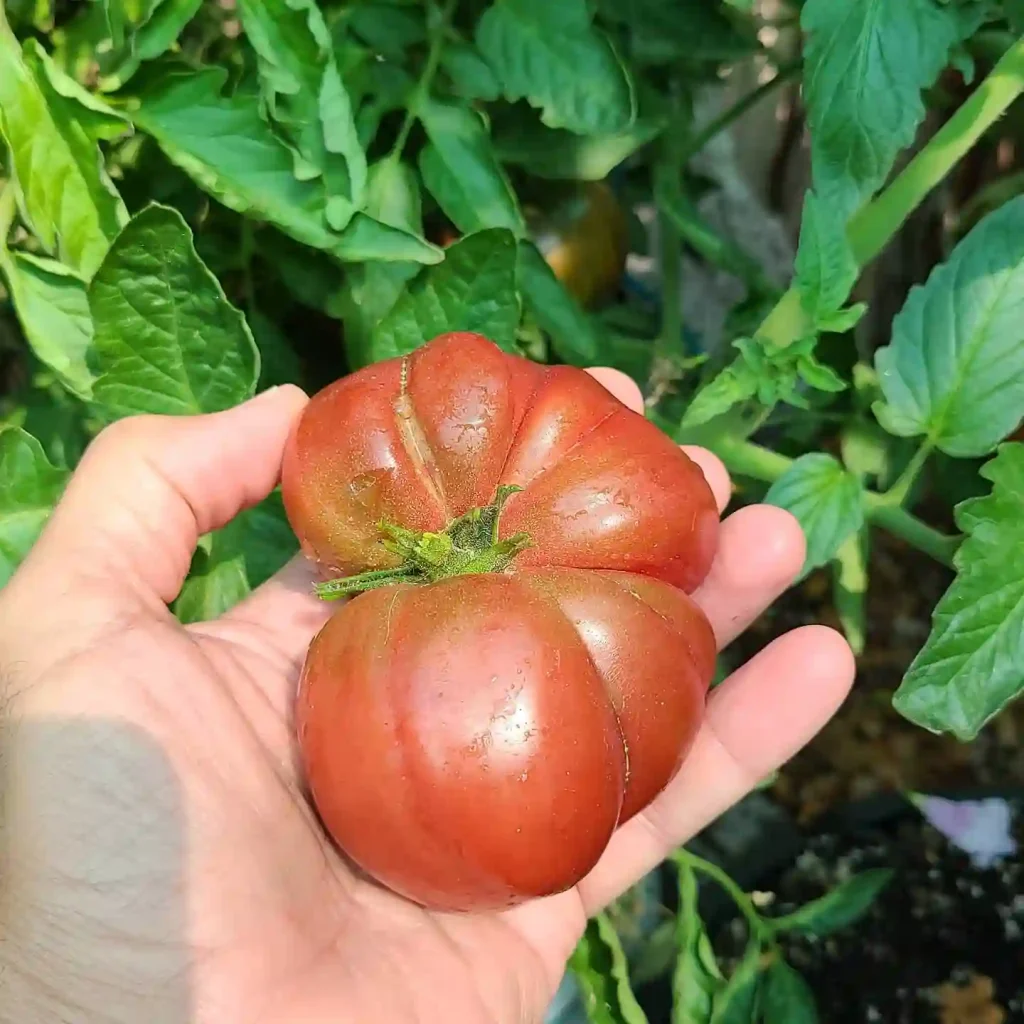
What is Zanthoxylum Americanum?
Zanthoxylum Americanum, commonly known as the American Prickly Ash or Toothache Tree, is a deciduous shrub native to North America. It’s renowned for its unique, spiky bark and aromatic leaves. Historically, it has been used in traditional medicine for its pain-relieving properties, hence the nickname “Toothache Tree.” This plant belongs to the Rutaceae family and is known for its distinctively prickly stems and compound leaves.
234 Species in Genus Zanthoxylum
How to Care for Zanthoxylum Americanum?
Caring for Zanthoxylum Americanum is relatively straightforward, though it does have some specific needs. This plant thrives in well-drained soil and prefers full sun to partial shade. It’s quite adaptable but performs best in a slightly acidic to neutral soil pH. Regular watering is essential, especially during dry periods, but be careful not to overwater as this can lead to root rot.
Pruning is also beneficial for this shrub. It helps maintain its shape and encourages new growth. Since the plant is thorny, wear gloves when handling it to avoid scratches. Additionally, applying a layer of mulch around the base can help retain moisture and suppress weeds.
How to Propagate Zanthoxylum Americanum?
Propagation of Zanthoxylum Americanum is most commonly done through seed. Collect the seeds in the fall and store them in a cool, dry place until spring. Soak the seeds in water for 24 hours before planting them in a seed-starting mix. They should be planted about 1/4 inch deep and kept consistently moist until germination.
Alternatively, you can propagate through cuttings. Take semi-hardwood cuttings in late summer, dip them in rooting hormone, and plant them in a well-draining potting mix. Keep the cuttings in a warm, humid environment until roots develop.
What to Plant with Zanthoxylum Americanum?
Zanthoxylum Americanum pairs well with other native plants in garden settings. Consider planting it alongside species like Echinacea, Rudbeckia, or Aster, which can complement its appearance and attract beneficial insects. It also works well in mixed borders with shrubs such as Viburnum or Cornus, which provide contrast to its spiky form.
Can You Grow Zanthoxylum Americanum Indoors?
Growing Zanthoxylum Americanum indoors is challenging due to its size and specific light requirements. This plant typically grows best in outdoor settings where it can receive full sunlight. If you are set on growing it indoors, ensure it gets plenty of natural light or consider using grow lights. Also, be prepared to manage its growth as it may become quite large for indoor spaces.
Is Zanthoxylum Americanum Toxic?
Zanthoxylum Americanum is not considered highly toxic, but it can cause mild gastrointestinal upset if ingested. The plant’s bark and seeds contain compounds that might irritate the stomach. It’s always best to keep it out of reach of small children and pets to avoid any accidental ingestion.
Benefits of Zanthoxylum Americanum
Zanthoxylum Americanum has several benefits beyond its ornamental value. Traditionally, it has been used for its medicinal properties, particularly for pain relief. The bark has been used in herbal remedies to treat toothaches and other ailments. Additionally, its striking appearance makes it a unique addition to native plant gardens, contributing to biodiversity and supporting local wildlife.
Common Problems with Zanthoxylum Americanum
One common issue with Zanthoxylum Americanum is its susceptibility to pest infestations, such as aphids or scale insects. Regular inspection and treatment with appropriate insecticides or natural predators can help manage these problems. Another issue is its tendency to develop fungal infections in overly wet conditions, so proper drainage is crucial.
Zanthoxylum Americanum vs Clava-Hercules
When comparing Zanthoxylum Americanum to Clava-Hercules, also known as the Hercules Club or Devil’s Walking Stick, there are some notable differences. Both plants belong to the Rutaceae family and share a similar thorny appearance. However, Clava-Hercules is generally larger and more robust, with a thicker, more spiked trunk compared to the more slender and smaller Zanthoxylum Americanum.
Zanthoxylum Americanum is more suitable for smaller garden spaces due to its smaller size and less aggressive growth. Clava-Hercules, on the other hand, can become quite large and may require more space. Both species are visually striking but differ in their growth habits and ideal growing conditions.
Conclusion
Zanthoxylum Americanum is a fascinating and versatile plant with a rich history of medicinal use and a distinctive appearance that can add a unique touch to any garden. Understanding its care requirements, propagation methods, and potential issues will help you successfully cultivate this remarkable shrub. Whether you are comparing it to Clava-Hercules or simply exploring its benefits, Zanthoxylum Americanum offers much to appreciate for both gardeners and plant enthusiasts alike.
If i die, water my plants!



